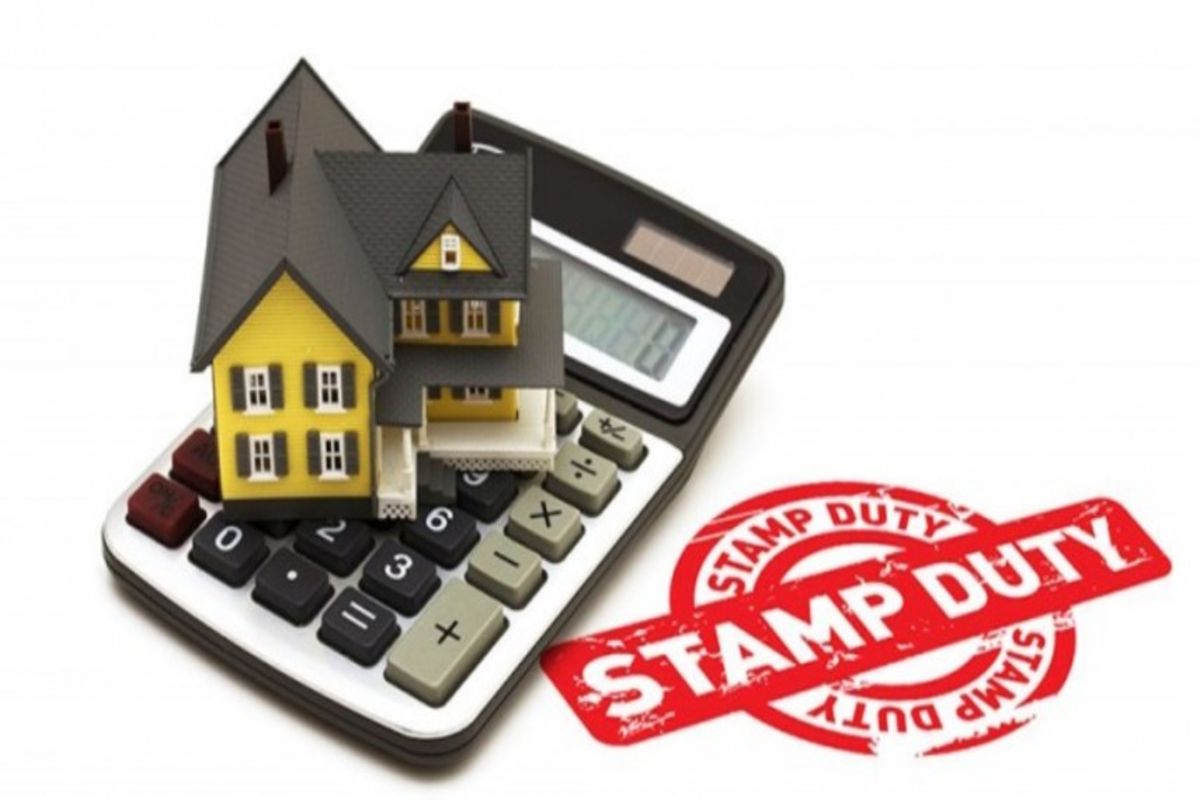Ravi Krishnan was retiring from central government service. At this time, he decided to gift his three-bedroom flat in Navi Mumbai to his son Akaash. Krishnan is now 60 years old and would relocate to his native Bengaluru from Mumbai. Widower Krishnan has planned for his golden years well. He can easily manage with a pension of Rs.2.5 lakh a year in Bengaluru where he owns a house. While Krishnan was formally transferring the rights of his Mumbai flat to his son, he came to know that there are certain tax implications. He got down to assess what needs to be taken care of with regard to stamp duty gift deed. It turns out that the transfer of any immovable property, even from father to son, is considered as a gift as per the existing laws.
Stamp Duty on Gifts
Stamp duty is the tax levied on a property which is being sold or transferred. Stamp duty varies from state to state. It is in the range of 3–7% of the value of the property. The Transfer of Property Act mandates that the gifted property be registered as a ‘gift deed’. This should be duly signed by the person who is gifting it. It also needs to be signed in front of two witnesses.
A gift deed is a legal document that endorses the transfer of property from the donor to the receiver. There is no exchange of money in this case. The rate of stamp duty, however, is the same as in the regular sale of the property. However, some states are lenient in terms of stamp duty gift deed when it involves gifting of property between close relatives. You can make use of a free stamp duty calculator available on various real estate aggregator websites. Then you will know the exact rate applicable in the case of your gift deed property.
Components of a Gift Deed
- Details of the property that is being given as a gift
- Details of the donor such as name, father’s name, Aadhaar number, address, etc.
- Details of the receiver such as name, father’s name, Aadhaar number, address, etc.
- The date and place where the gift deed is being signed
- Signature and details of two witnesses who were present when the gift deed was executed
- Relationship between the donor and the receiver
Income Tax on Property Gifts
According to the Income Tax Act, 1961, you are not liable to pay tax on gifts received of up to Rs.50,000 in a year. What if the value of the gifts exceeds Rs.50,000? Then a gift tax is imposed on the receiver.
The Income Tax Department has taken into consideration that movable and immovable assets change hands between close relatives. So, it has exempted the receiver from paying any tax for a property received as a gift.
What is heartening is that there is no cap on the price of the property. However, the donor of such a gift has to be from a list prepared by the Income Tax Department. Which donors are exempt from taxes? That includes parents, spouse, siblings, siblings of the spouse, and direct ascendants and descendants of the donor and their spouse.
As a receiver of the property as a gift, you would only need to pay income tax when you decide to sell it. The Income Tax Department will treat the proceeds from the sale of the property as an income. You are liable to pay taxes on such an income. The rate of the taxes, however, will be decided on your period of holding. Short-term capital gains will apply to holdings below 36 months. If the holding period is beyond 36 months, you will have to pay long-term capital gains tax of 20%. But in this case, you will also be entitled to indexation benefits.
Conclusion
The gifting of immovable assets attracts taxes. One has to pay stamp duty and registration charges when the transfer of rights of a property takes place. Stamp duty varies from state to state but is essential in formalizing the gift you have received. For property received as a gift, you will not be required to pay any taxes unless you decide to sell it.
Read Also:






















